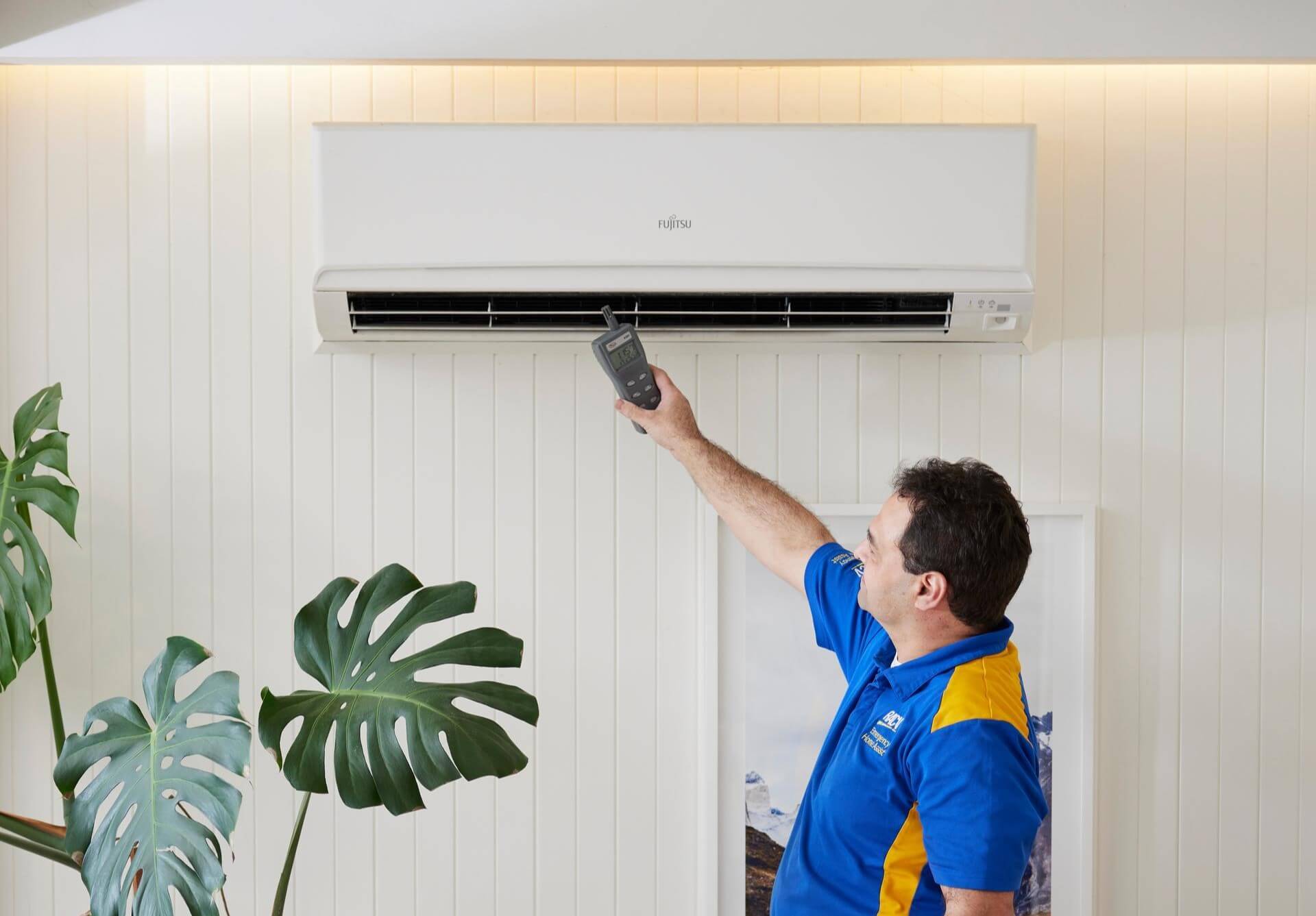With the financial, environmental and health benefits of phasing out gas becoming more widely recognised, more people are starting to think about how they might transition to an electric home. However, the path to all-electric will vary between households.
Heaters, cooktops and hot water systems are the most common gas appliances in the home. While some people might be able to replace these in one go, particularly if you have a renovation coming up, for most, the journey to all-electric is a gradual one. So, where do you start?
For many older Victorian homes, it could look a bit like this:
- Plan your journey to electrification now
- Optimise the energy efficiency of your home
- Prepare for electrification with solar
- Replace gas appliances and disconnect your home
1. Plan your path to electrification
In basic terms, electrification is about switching out your home’s gas appliances for electric alternatives. Once you’re no longer using gas in your home, you can look at disconnecting it altogether.
While many would love to upgrade their gas appliances to efficient electric ones now, for most it’s not possible to do in one go. Instead, it makes more sense to replace appliances when they reach their end of life.
The key is to be prepared. For example, in the event your hot water system breaks down unexpectedly, you’re unlikely to have time to investigate alternative systems. As a result, you’re more likely to replace your current gas system with a like-for-like gas replacement and set yourself back on your electrification journey.
So do your research now. Know your options and what will work for your home so you’re able to quickly choose the right appliances for you when it comes time to upgrade.
2. Optimise your home’s energy efficiency
While replacing your gas appliances might be a longer-term strategy to reduce your bills, in the short term you can focus on minimising the amount of energy your home uses.
Not all energy efficiency improvements require a large financial investment. Draught proofing, changing lightbulbs and even installing insulation can often be done by the average homeowner at relatively low cost.
The key is to know your home. For example, if your skirting boards are gappy, focus on filling the openings. If heat is being lost through an open fireplace, block the opening with chimney dampers or balloons when it's not being used. Sometimes simple fixes like these can deliver the best short-term bang for buck and set you up for greater energy efficiency when you start electrifying your appliances.
3. Prepare for electrification with solar
While not essential for moving off gas, going solar is one of the best ways maximise your savings once you've electrified your home and further reduce your carbon footprint. This is because solar panels and batteries allow you to power your electric appliances with free, renewable energy from the sun.
The more electricity you use in your home, the more you’ll get out of a solar system. So having your own source of free, renewable solar power will only benefit you more as you shift away from gas and onto electricity.
Whether you’re new to solar or have an existing system on your roof, review your current electricity consumption, your future electrification goals and, if you have an existing solar system, your current system’s capacity. Would you benefit from installing solar panels or adding to your current system? Would a battery, which would allow you to use solar power in the evening as well as during the day, boost your efficiency even further?
Engage a reputable solar installer who can design system options specifically for your home and energy needs, including any plans to increase your electricity usage in the future.
4. Replace gas appliances and disconnect your home
Once you’ve replaced all your gas appliances with electric ones and your home no longer uses any gas, you can consider having it disconnected from your property altogether. This will mean you don’t have to pay gas supply charges and can eliminate your gas bill completely.
To disconnect from gas, contact your gas retailer. They’ll provide the required application which they’ll then pass on to your gas distributor who is responsible for disconnecting your gas. Be aware that disconnecting gas often comes at a cost, sometimes up to a few hundred dollars, so check with your gas distributor to find out exactly what this is for you.
Solar, trades, appliances and more
Whether you’re looking for a solar quote or are ready to install an electric appliance, RACV’s trusted tradies and solar experts can help.
